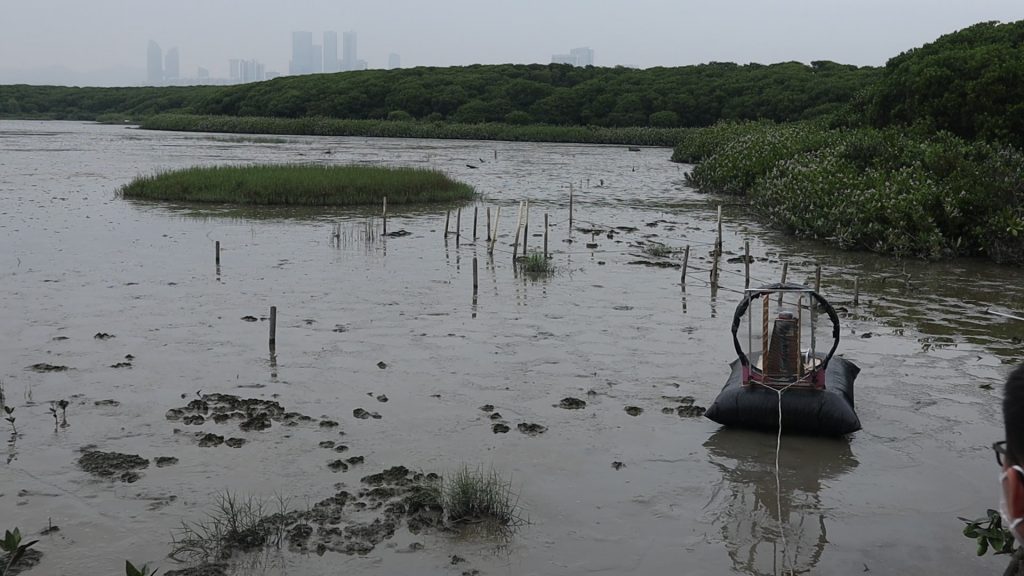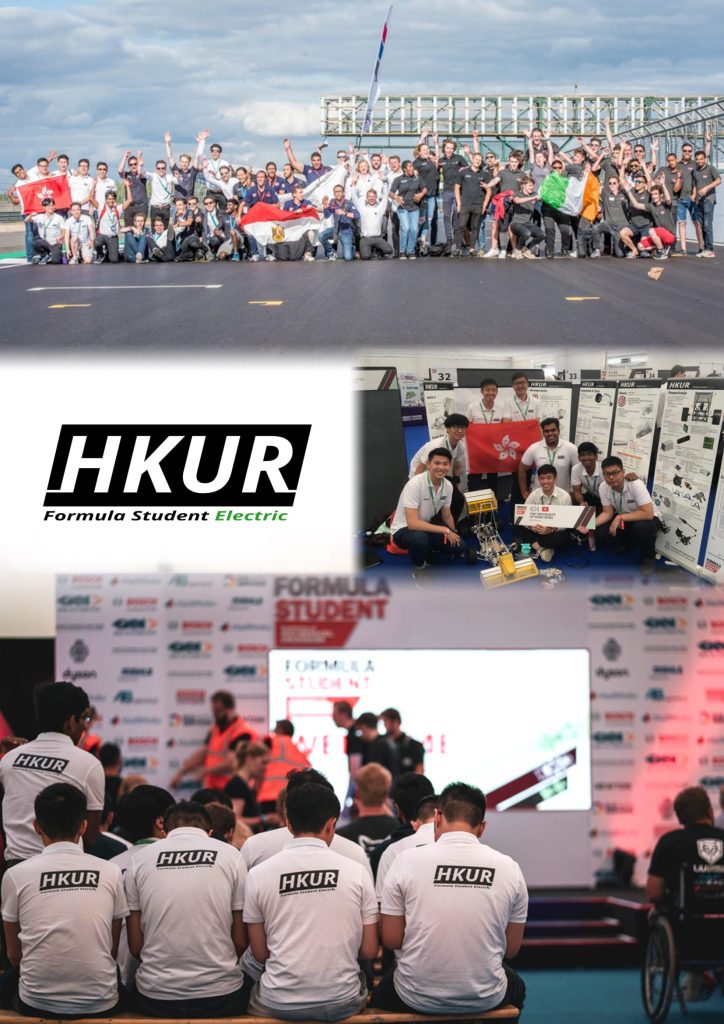Smart Sterilizing and Cleaning Robot
Targeting on the elderly home, SORbot is customized for providing the sterilisation with ozone. With the existing products in the market, most of them were created to be used in a large public area, including shopping mall, airport, lobby of a building, etc. SORbot is a unique product in the market and applies the combination of AGV and ozone generator so that it can undergo sterilization by itself and kill the virus even in the corner.
Smart Sterilizing and Cleaning Robot Read More »









